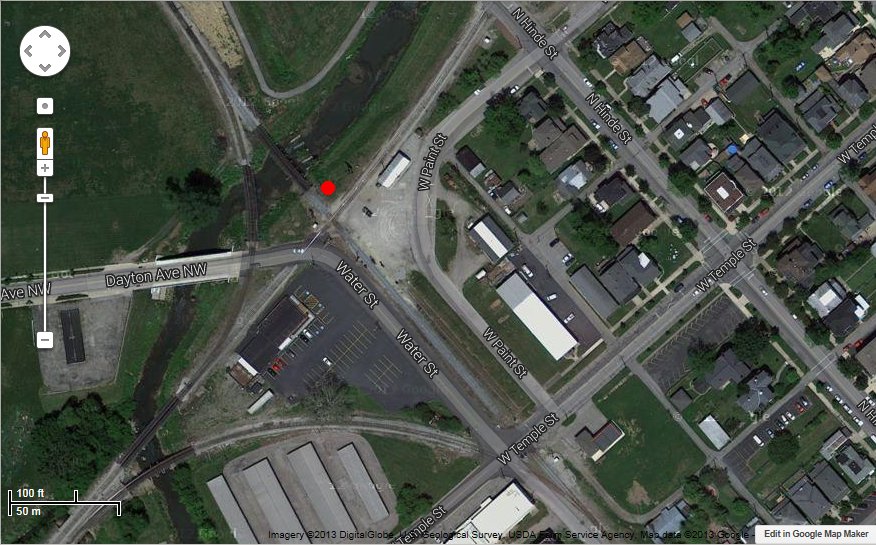
Tilt signals were/are used at non-automatic interlocking or rail crossings. Other protection at non interlocked crossings include gates and other items. The tilt signal uses an arm that is either at horizontal or vertical position. The practice is that one railroad knew that if the signal was horizontal that they had the right of way and if the signal was vertical that the other railroad had the right of way. So if they approached and saw that the signal was not in the position for them they would pull up to the diamond check that no train was approaching on the other track then change the signal to the position for their railroad. This then allowed them to cross and if the other track had a train on the line and approaching the diamond would see that the signal was not lined and stop to make sure there was no longer a train on the line. Itís a basic who gets to the signal first gets the movement first. Most tilt signals were of lever and mechanical type, some have motors and are electric. Tilt signals have a light or two lights at the end of the blade for night indication. Not many tilt signals exist in service anymore, mainly on small town and short lines.

 †
†














